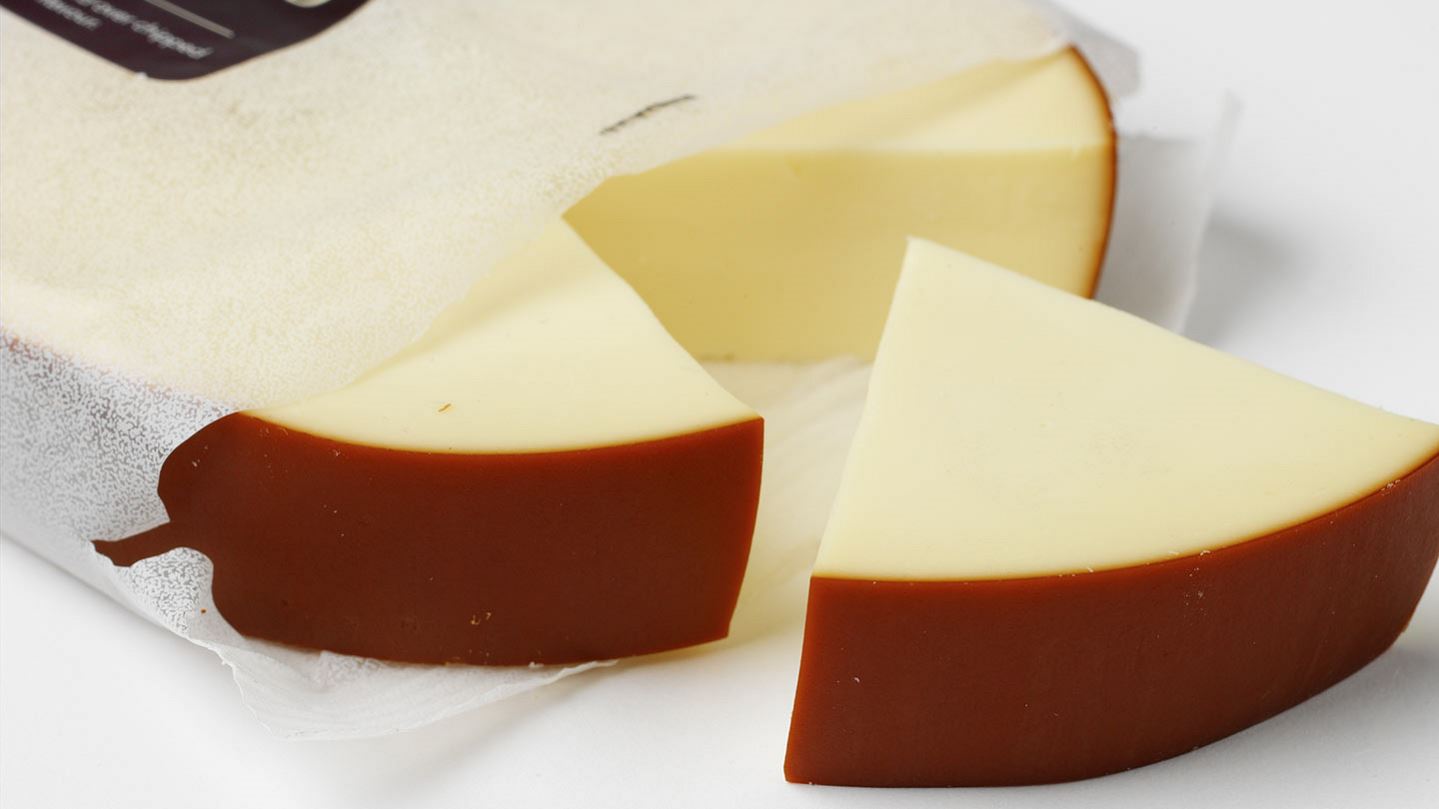
Dairy Products
MAP: A proven way to effectively extend the shelf life of your dairy products
Food items: Aerosol Creams, Blue and White Mould-Ripened Cheeses, Butter, Cream Cakes, Creams, Custards, Fresh Cheeses, Grated Cheeses, Hard Cheeses, Margarine, Semi-Hard Cheeses, Sliced Cheeses, Soft Cheeses, Yoghurts, other items
Recommended gas mix• Hard cheeses except mould-ripened cheeses: 100% CO₂
• Grated and soft cheeses except mould-ripened cheeses: 0-30% CO₂, 70-100% N₂
• Other dairy products: 100% N₂
Exceptions:
• Aerosol creams: Nitrous oxide (N₂O)
The gases and mixtures listed above are for general guidance. To identify the optimum gas for your product and process, we recommend you undertake a product trial with the help of an Air Products MAP gas specialist.
Storage temperature
• Legal maximum*: 8° C
• Recommended: 0° C to + 5° C
Achievable shelf-life
• In air: 1-4 weeks
• In MAP: 2-12 weeks
Principle spoilage organisms and mechanics
Pseudomonas species (in air), Brochothrix species, Lactic acid bacteria, Entereobacteriaceae, yeasts and moulds, oxidative rancidity, physical separation.
Food poisoning hazards include
Clostridium species, Salmonella species, Staphylococcus aureus, Listeria monocytogenes, Bacillus species, E.coli and E.coli 0157.
Typical MAP machines
Retail
• TFFS – Thermoform-fill-seal
• PTLF – Preformed tray and lidding film
• HFFS – Horizontal form-fill-seal
• VFFS – Vertical form-fill-seal
Typical types of package**
Retail: Tray and lidding film, Tray inside pillow pack, pillow pack
Examples of typical MAP materials
Tray:
• UPVC/PE
• HDPE
• EPS/EVOH/PE
Lidding and/or pillow pack film:
• PET/PVdC/PE
• PA/PVdC/PE
• PC/EVOH/EVA
• MPET
• MOPP
• OPP/PVdC
The principal spoilage mechanisms affecting dairy products are microbial growth and oxidative rancidity. The type of spoilage affecting dairy products will depend on the intrinsic properties of the different products. For example, low aw products such as hard cheeses are generally spoilt by mould growth, whereas higher aw products such as creams and soft cheeses are susceptible to yeast and bacterial spoilage, oxidative rancidity, and physical separation.
MAP can significantly extend the shelf-lives of dairy products. Similar shelf-lives are achieved for MAP as opposed to vacuum packaging. Hard cheeses are generally packed in CO₂ gas which is very effective at inhibiting mould growth. Soft cheeses are packed in CO₂/N₂ gas mixtures, which can also inhibit bacterial spoilage and oxidative rancidity. For soft or grated cheese, 30% CO₂, 70% N₂ is recommended. MAP is particularly effective for crumbly cheeses such as Lancashire and grated cheese where vacuum packaging would cause undesirable compression.
MAP is not recommended for mould-ripened cheeses since CO₂/N₂ gas mixtures would kill desirable mould growth, causing it to turn an unpleasant yellow. Creams are adversely affected by CO₂ – containing atmospheres which cause acidification of the cream, giving it a sharp rather than smooth taste. Consequently, N₂ is recommended for MAP of creams and cream-containing products. A gas/product ratio of 2:1 is recommended. By exclusion of air, N₂ is also capable of inhibiting aerobic microbial growth and oxidative rancidity. Aerosol creams use nitrous oxide (N₂O) as a propellant, which also inhibits oxidative rancidity.
Other dairy products such as butter and yoghurt are not usually MA packed but would benefit from packaging under N₂. Possible food poisoning hazards associated with dairy products are primarily due to either inadequate pasteurisation or cross-contamination during or after packaging. Consequently, adequate pasteurisation, the maintenance of recommended chill temperatures, and good hygiene and handling throughout are essential for ensuring the safety of dairy products.